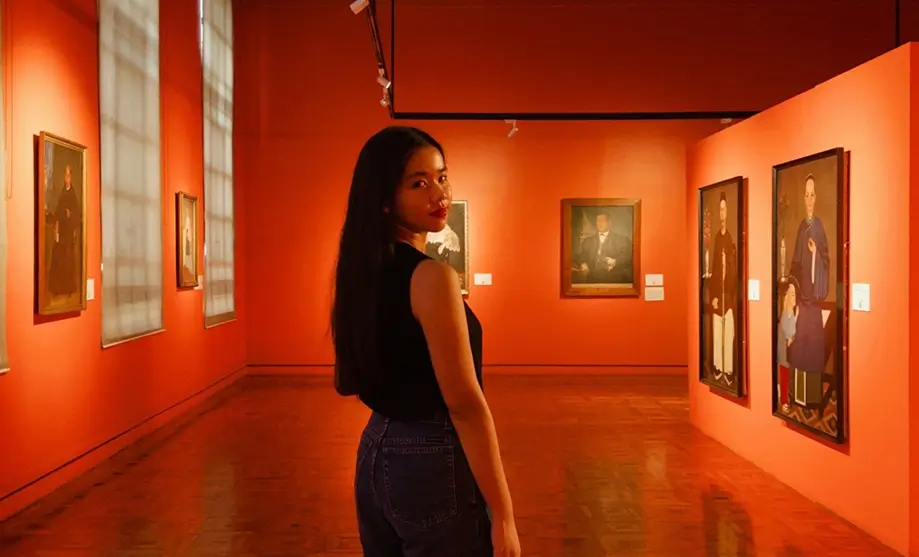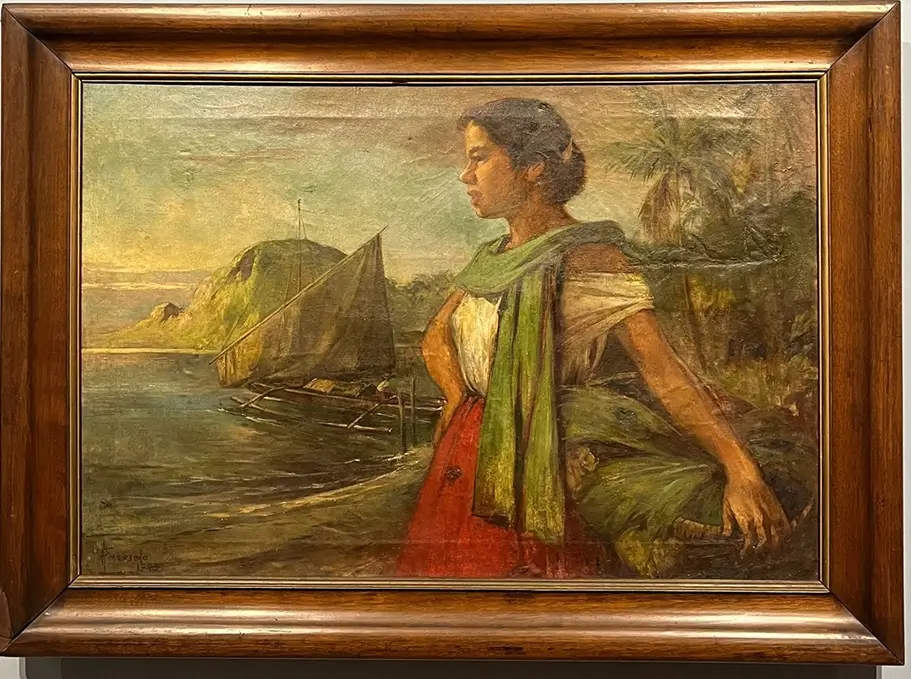
As someone who loves visiting art museums, I’m always fascinated by the way art communicates with us. A single painting can evoke countless interpretations shaped by the backgrounds, perspectives, and emotions of both the artist and the viewer. Even a single brushstroke can reveal how the artist was feeling at that moment. This dynamic interplay reminds me of how translation works—not just in language but in conveying meaning.
A translator must immerse themselves in the nuances, tones, and emotions embedded in the original language, transforming them into something that resonates with the intended audience. In this process, the source text or speaker conveys meaning, and the translator interprets and adapts it into an output that captures the essence of the original.
Similarly, an art observer engages with the same elements—nuances, tones, and emotions—when viewing a painting. The artwork or painter presents a visual expression, and the observer processes it through their own perspective to create a unique interpretation.
Consider the painting Mestiza by Pablo Amorsolo. At first glance, the woman depicted seems serene as she gazes out toward the ocean. But what is she truly feeling? Is she waiting for someone who hasn’t returned or simply admiring the view after a long day’s work?

Mestiza by Pablo Amorsolo
National Museum of the Philippines
The details within the painting guide its interpretation. The time of day appears to be sundown, signaling the close of a long day. The produce she carries and the boat docked nearby suggest that her tasks are complete, yet there’s a subtle restlessness in her posture. Her scarf, frayed at the edges, hints at weariness. Why, in a tropical country like the Philippines, would she wear such a scarf? Could it be another garment belonging to someone else? Her sleeve, slipping from her shoulder, conveys a sense of vulnerability, adding complexity to her expression and mood. These small, deliberate details invite viewers to form their own narratives. For one, she might be a hardworking woman longing for a loved one’s return. For another, she could symbolize resilience and quiet strength.
This diversity of perspectives mirrors how translation operates. In both art and translation, meaning is never fixed. It evolves through the eyes of those who experience it. Just as no two people perceive a painting in the same way, no two translators interpret a phrase identically. Yet, both artistic and linguistic interpretations hold their own validity and significance, shaped by the observer’s or translator’s unique context and understanding. As we navigate the world through art and language, we are constantly reminded of the many ways in which meaning can shift, transform, and resonate.
Walking through galleries, I often wonder: How can pieces of art “translate” across different groups, cultures, and languages? For me, this connection underscores the beauty of our field—an ongoing dialogue between intention and understanding.
The Language of Art, the Art of Language
Good read! Loved the take on how art and translation both speak through emotion and perspective.
I didn’t realize that translation can be connected to appreciating the arts until reading this article.
Such a nuanced take about translation related to art!
Beautiful reflection on how art and translation can vary based on perspective!!